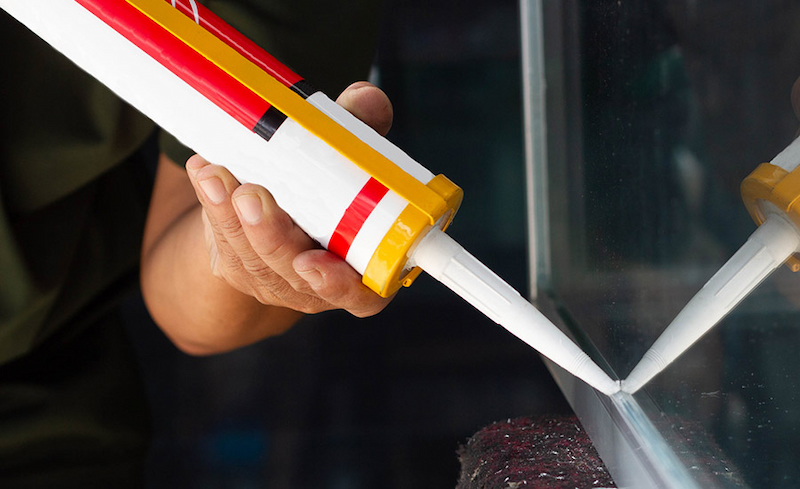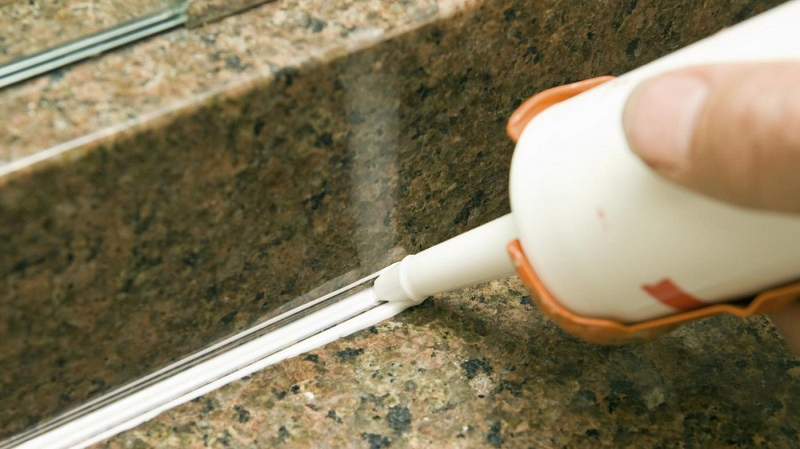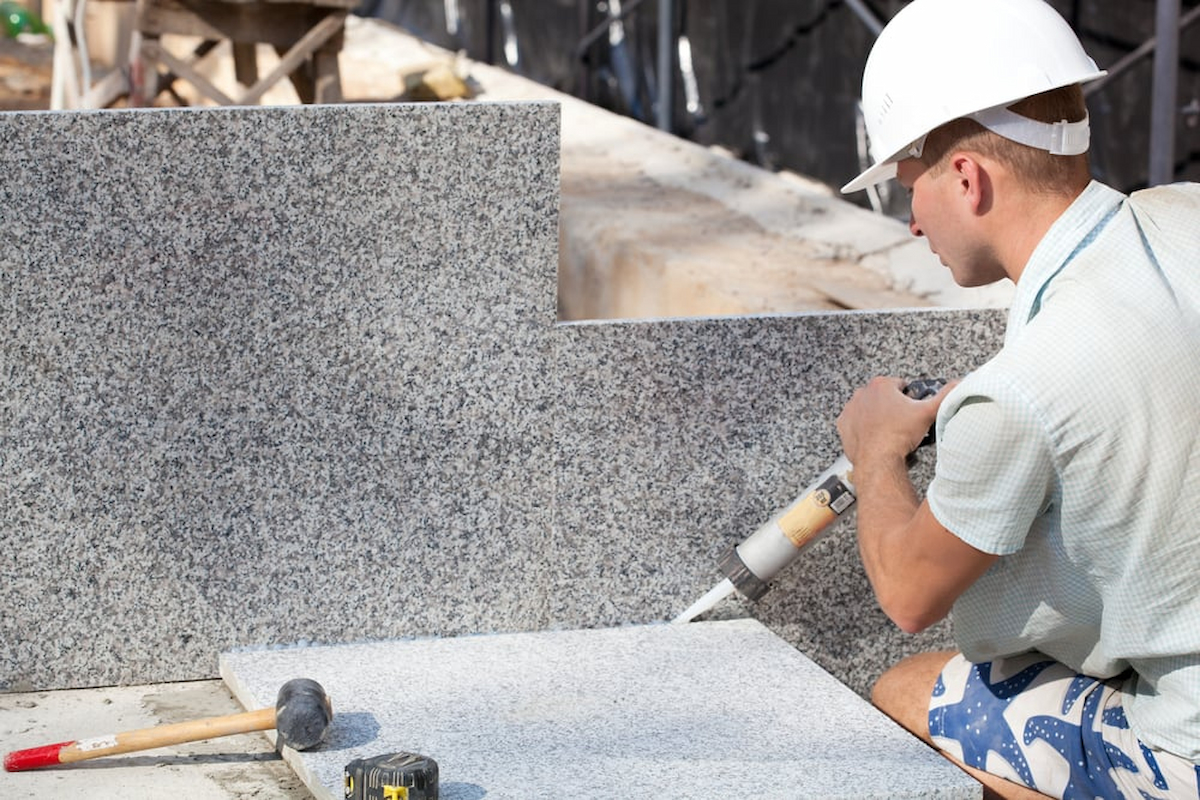Be it large-scale buildings or just a garage, sealants are found everywhere as they are the glue that pieces all those different materials together. From concrete to plastic metal and even wood, sealants play a crucial role in making various materials work together.
Construction sealants are especially good at that as they provide the bond needed to keep the building or wall structurally solid while being able to provide seal gaps. This means a sealant can provide protection from the elements and withstand long-term exposure to them without compromising structural integrity. All these capabilities depend on a multitude of factors.
Important Factors of Construction Sealants

Hardness
The durability of construction industrial sealants largely depends on their hardness. As you’d expect a harder sealant is going to be more heat-resistant. But higher levels of hardness don’t always mean you get a better solution as a quality construction sealant is also a flexible one.
Modulus
Modulus of elasticity refers to the level of movement or flexibility a sealant has. This means that a high-modulus is quite a rigid and static solution which is ideal for non-moving joints. Medium-modulus sealants are known as being adequate in most applications but they are not exceptional in any case. Low-modulus sealants are the best when you want a sealant that can withstand lots of movement without its structural integrity being compromised.
Exposure Resistance
Every sealant has a certain level of flexibility and durability but not all of them can offer the same capabilities for the same amount of time. Some building sealants are best at staying in shape during extreme temperatures for much longer than others. Those are usually high-performance sealants.
Consistency
The consistency of the sealant determines how usable it is in different applications. For instance, sealants with a fluid consistency are usable with horizontal joints while those with a thicker consistency are best for vertical joints. The former are known as pourable sealants while the latter are known as non-sag sealants.
Durability
The lifetime of a sealant is largely determined by its durability but different sealants can endure different conditions and therefore there are no two building sealants that can last the same in one environment.
Movement
The movement capabilities of a sealant say a lot about how much the sealant is able to stretch without failing to seal a gap. This is shown as a percentage of the joint width and the higher this percentage is the more the sealant can stretch and still provide its sealing capabilities.
VOC
The VOC content of a sealant refers to the volatile organic compounds found in the product. Although most industrial sealants are low-VOC, typically, solvent-based sealants are much higher in VOC than other sealants but VOC levels can vary from one sealant to another.
Adhesion
The level of adhesion a sealant has determines how strong of a bond it can create between two materials. This data is provided by the manufacturer and it tells you how well the sealant will adhere to different construction materials.
Types of Construction Sealants

Acrylic
When it comes to exterior use where the product is going to be exposed to the elements, acrylic sealants are the best since they are UV stable and do not shrink no matter what. Keep in mind though that acrylic solvents are difficult to apply than most other sealants and they don’t have good movement capabilities either.
Water-Based
A water-based latex sealant is quite suitable in most applications which is why is considered to be a genera-use sealant. Its ability to adhere well to most materials is what makes it so common but a water-based latex sealant is prone to shrinkage and it allows water to go through quite easily.
Silicone
An industry standard construction sealant that is also the most versatile solution is silicone sealant. It can adhere to almost any surface and provide you with great thermal resistance as well as movement capabilities. But silicone sealant can leave stains and collect dirt too. They are quite durable as their life expectancy is around 20 years and are easy to apply.
Butyl
With a butyl sealant, you can also join a plethora of materials but you can have a difficult time applying it. That’s because butyl sealants are quite stringy, have poor abrasion resistance and can’t withstand any movement.
Polysulfide
When you need great flexibility even at low temperatures you should go with a polysulfide sealant. This type of sealant has low to no shrinkage and UV degradation while being extremely durable with a lifespan between 10 and 20 years.
Polyisobutylene
With good chemical resistance and low permeability, polyisobutylene industrial sealants are a great solution when insulating glazing units are made as they don’t let gasses and vapour pass by all while being quite a durable solution.
Polyurethane
Most contractors use polyurethane sealants nowadays as they’re able to adhere to different substrates with very little preparation. Polyurethane sealants are abrasion-resistant and have dynamic movement capability while being quite strong too.


Leave a comment